Quick Exercises For Inner Thighs
 If you’re so self-conscious about your thighs that you won’t wear shorts and definitely avoid corduroy, it’s time to do some quick exercises for inner thighs. The muscles in the inner thighs are adductors and are forgotten by many people who workout on their own. They help keep your core and legs stable. You’ll look fabulous in jeans, shorts, and swimwear when you tone these muscles. Most exercises that work the adductors also work other muscles in the legs.
If you’re so self-conscious about your thighs that you won’t wear shorts and definitely avoid corduroy, it’s time to do some quick exercises for inner thighs. The muscles in the inner thighs are adductors and are forgotten by many people who workout on their own. They help keep your core and legs stable. You’ll look fabulous in jeans, shorts, and swimwear when you tone these muscles. Most exercises that work the adductors also work other muscles in the legs.
You’ve lost weight but still have the jiggle.
You now have a curvier body since you lost that weight, but you need to tone it so you look your best. If you’ve ignored your inner thighs before, it’s time for an update to your routine. Start with the inner thigh raise. Lay on your side, with your hips on the ground propping your upper body up on your elbow, placing your other hand in front to balance yourself. Bend the leg on top at the knee and put the foot flat on the floor behind the lower leg that remains straight. Slowly raise your lower leg two inches, hold and then, lower it.
Squats are great for toning all leg muscles and you can modify them to target the inner thighs.
You won’t see any jiggle on the legs of a ballerina. They normally have beautiful legs. One warm-up exercise ballerinas do that targets the inner thighs is the plie. It’s a type of squat that has a wider stance and with feet pointed outward. As with any squat, tuck in your backside as you lower your body, emulating sitting. Keep your knees right above the ankles. Lower your body and raise it. If you want to get fancy, after you raise your body, try to go up onto your toes.
Do you want exercises you can do anywhere, even when waiting in line?
Some exercises that don’t require a lot of movement. Stand with your feet wider apart, as you would for the plie squat. Drive your feet down into the ground, as though you’re attempting to hold ground. At the same time, try to pull your legs together. You can do a similar exercise while sitting or use your hands to provide resistance. Just hold your thighs apart with your hands as you use your adductor muscles to pull your legs together.
- You can use resistance bands to work the inner thigh. Loop a band around both legs right above the knee. Do a clamshell, squat or lateral walk to work the inner thighs.
- Do lateral lunges. Lateral lunges work more than just the inner thighs, they work the outer thighs, hamstrings, and glutes. Start with feet hip-width and step one foot to the side as wide as possible and move to a squat position, then back up, rocking from side to side.
- A playground ball can be a tool if you want to tighten the inner thighs. Place it between your knees and squeeze. Relax the muscles, then squeeze again.
- Our trainers can help you tone your thighs and the rest of your body, as well. Always check with your healthcare professional before beginning any exercise program.
For more information, contact us today at LIV Fitness


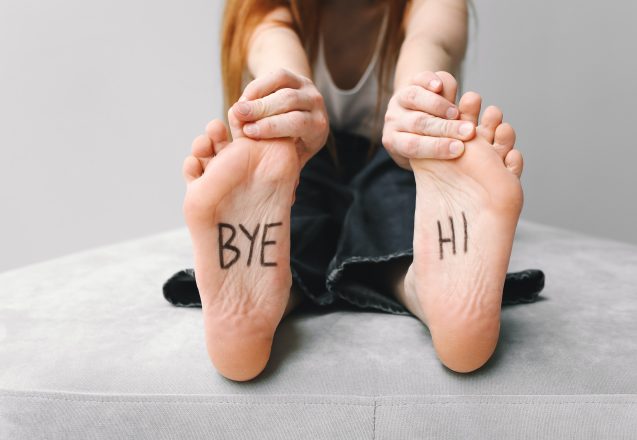
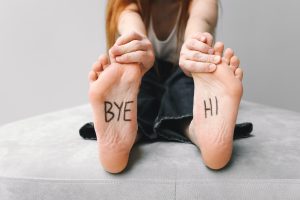 Throughout the years, our personal trainers at LIV Fitness in Dublin, CA, have worked with people with issues that impeded their mobility. They created a personalized workout with modifications to address those issues. Problems often faced are issues with feet and ankles. You don’t have to give up working out, so don’t use it as an excuse not to exercise if that’s your problem. There is a way to exercise with bad feet and have a thorough workout.
Throughout the years, our personal trainers at LIV Fitness in Dublin, CA, have worked with people with issues that impeded their mobility. They created a personalized workout with modifications to address those issues. Problems often faced are issues with feet and ankles. You don’t have to give up working out, so don’t use it as an excuse not to exercise if that’s your problem. There is a way to exercise with bad feet and have a thorough workout.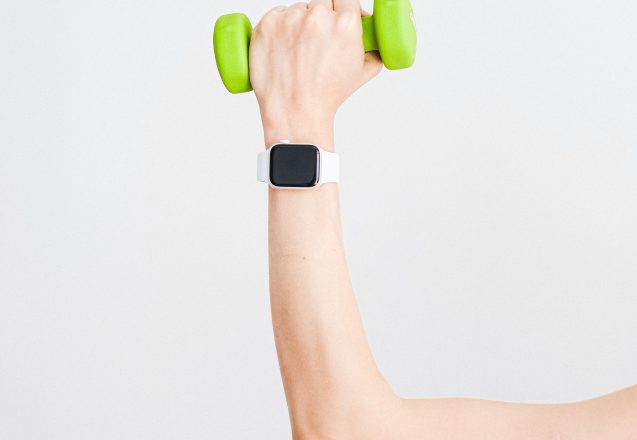
 Having toned arms is important regardless of gender. You may be able to cover your arms in the winter in Dublin, CA, but spring is coming and so are sleeveless shirts. It’s time to focus on workouts for toned arms so you look your best whether you’re wearing a tee-shirt or beachwear. The best way to get results faster is to do compound exercises, ones that work several arm muscles at once. You can use exercises that require equipment, such as weights or focus on bodyweight workouts.
Having toned arms is important regardless of gender. You may be able to cover your arms in the winter in Dublin, CA, but spring is coming and so are sleeveless shirts. It’s time to focus on workouts for toned arms so you look your best whether you’re wearing a tee-shirt or beachwear. The best way to get results faster is to do compound exercises, ones that work several arm muscles at once. You can use exercises that require equipment, such as weights or focus on bodyweight workouts.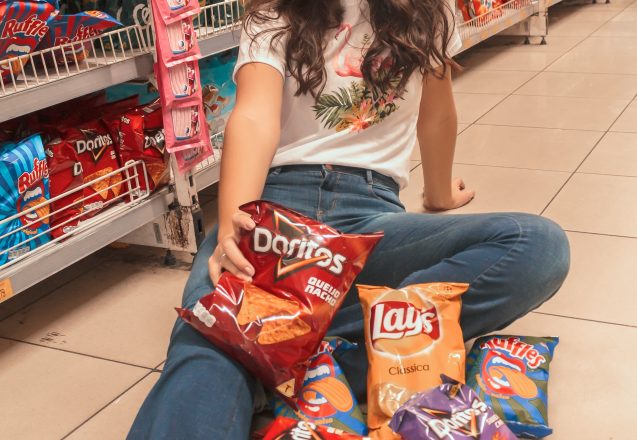
 A healthy diet is one of the most important factors in remaining fit. It can prevent obesity and eliminate unwanted additives from the food that affect health. The foods that contain those additives are highly processed foods. Almost all types of foods are processed, even healthy ones, since processing can be as simple as washing fruits and vegetables. However, the unhealthy food normally considered is Frankenstein food that bears little resemblance to what it started as originally.
A healthy diet is one of the most important factors in remaining fit. It can prevent obesity and eliminate unwanted additives from the food that affect health. The foods that contain those additives are highly processed foods. Almost all types of foods are processed, even healthy ones, since processing can be as simple as washing fruits and vegetables. However, the unhealthy food normally considered is Frankenstein food that bears little resemblance to what it started as originally.
 What is the Paleo diet? Paleo stands for Paleolithic, the era of time before man farmed, when hunter/gatherers were the prominent members of the human race. You may also hear it called the caveman diet. There’s a lot of controversy surrounding it. Anthropologists disagree with many of the basic conclusions of the diet and nutritionists debate whether it’s the best for weight loss or long term health. It does not include many foods that are considered healthy options for daily consumption.
What is the Paleo diet? Paleo stands for Paleolithic, the era of time before man farmed, when hunter/gatherers were the prominent members of the human race. You may also hear it called the caveman diet. There’s a lot of controversy surrounding it. Anthropologists disagree with many of the basic conclusions of the diet and nutritionists debate whether it’s the best for weight loss or long term health. It does not include many foods that are considered healthy options for daily consumption.
 Most people understand that exercise helps you become fitter and is important to reach your goals for weight loss, but it can help you reach other goals, too. First, let’s look at how it helps you attain weight loss goals. To lose one pound, you have to burn 3500 more calories than you consume. Exercise burns additional calories. It also builds more muscle tissue. Muscle tissue burns more calories than fat tissue does, so the more muscle tissue you have, the more calories you’ll burn 24/7.
Most people understand that exercise helps you become fitter and is important to reach your goals for weight loss, but it can help you reach other goals, too. First, let’s look at how it helps you attain weight loss goals. To lose one pound, you have to burn 3500 more calories than you consume. Exercise burns additional calories. It also builds more muscle tissue. Muscle tissue burns more calories than fat tissue does, so the more muscle tissue you have, the more calories you’ll burn 24/7.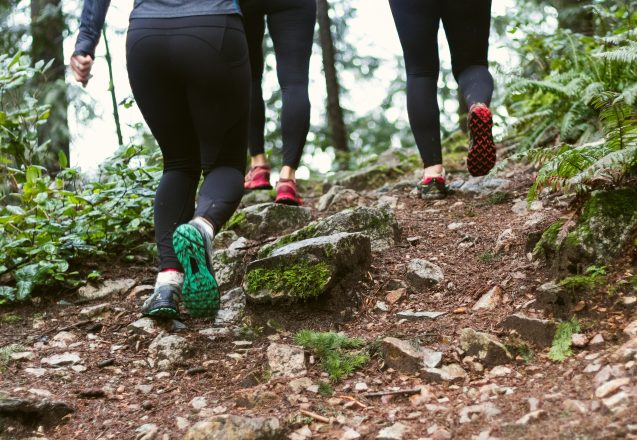
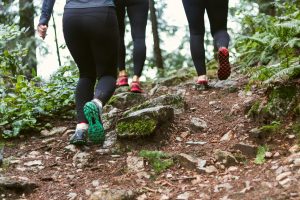 LIV Fitness in Dublin, CA, provides the best environment for people who want to get fit. Exercise is good for your health, so a program of regular exercise is important. Why is it important and just what does it do for the body? One of the first things it can do for you is help maintain a healthy weight. Obesity is now the leading cause of preventable deaths. It does that by turning stored energy, in the form of fat, into energy to move your muscles.
LIV Fitness in Dublin, CA, provides the best environment for people who want to get fit. Exercise is good for your health, so a program of regular exercise is important. Why is it important and just what does it do for the body? One of the first things it can do for you is help maintain a healthy weight. Obesity is now the leading cause of preventable deaths. It does that by turning stored energy, in the form of fat, into energy to move your muscles.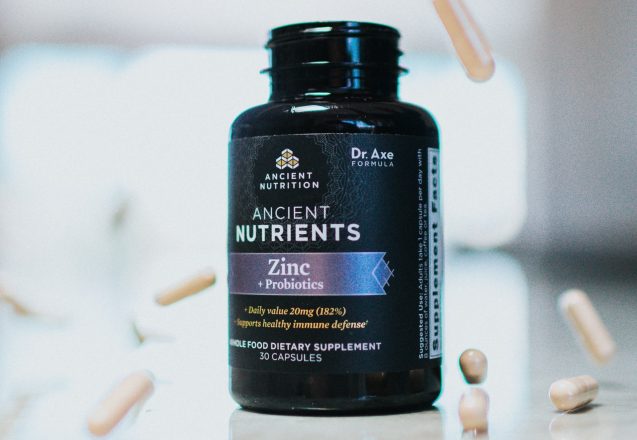
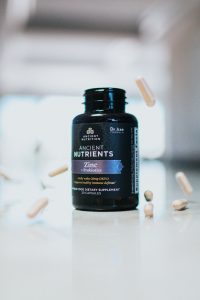 At LIV Fitness in Dublin, CA, a lot of interest in diet and the effects on the immune system developed during covid-19. Individual supplements or consuming foods high in certain nutrients like zinc and vitamin D were often the center of those investigations. Studies show that having adequate zinc in your diet can help boost your immune system and that a deficiency in zinc can make you more susceptible to illness. No matter what the nutrient is, there’s a negative effect if you’re deficient. On the other hand, taking too much can also create a problem. How do you balance it? You eat healthily. While you can take too many supplements, it’s hard to overdose on a healthy diet.
At LIV Fitness in Dublin, CA, a lot of interest in diet and the effects on the immune system developed during covid-19. Individual supplements or consuming foods high in certain nutrients like zinc and vitamin D were often the center of those investigations. Studies show that having adequate zinc in your diet can help boost your immune system and that a deficiency in zinc can make you more susceptible to illness. No matter what the nutrient is, there’s a negative effect if you’re deficient. On the other hand, taking too much can also create a problem. How do you balance it? You eat healthily. While you can take too many supplements, it’s hard to overdose on a healthy diet.
 I’ve seen people who get every cold and flu that’s making the rounds, yet who also eat healthy meals and get adequate exercise. When they ask for help to boost their immune system, after the traditional dietary questions, I ask about their sleep habits. In most cases, these people aren’t getting adequate sleep. They claim they have too much to do for that to happen, yet they end up spending days in bed, unable to get tasks accomplished. One of the factors for a healthy immune system that’s often overlooked is lack of sleep.
I’ve seen people who get every cold and flu that’s making the rounds, yet who also eat healthy meals and get adequate exercise. When they ask for help to boost their immune system, after the traditional dietary questions, I ask about their sleep habits. In most cases, these people aren’t getting adequate sleep. They claim they have too much to do for that to happen, yet they end up spending days in bed, unable to get tasks accomplished. One of the factors for a healthy immune system that’s often overlooked is lack of sleep.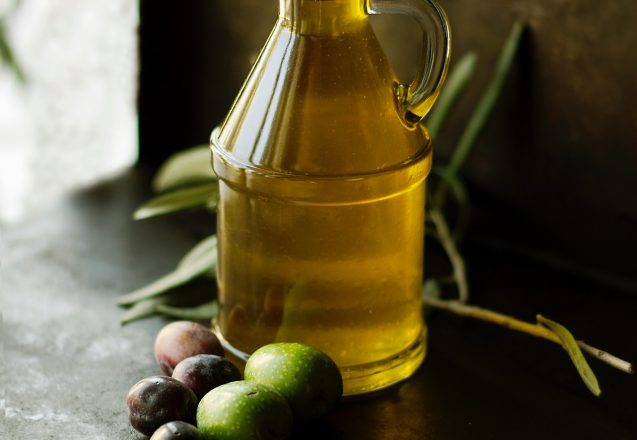
 If you’re looking for the healthiest oil to use, and choosing from olive, avocado or coconut oil, you’ve narrowed your choices down to three very healthy options. All three are good oils to use and each has their own benefits and drawbacks. What it basically comes down to is your personal taste and making certain you get the oil that has the right type of processing in each group. For instance, choose extra virgin olive oil and extra virgin avocado oil that’s first pressed and cold processed. Coconut oil is removed from the meat of the coconut through a wet or dry technique. The wet method and first pressed is the healthiest coconut oil.
If you’re looking for the healthiest oil to use, and choosing from olive, avocado or coconut oil, you’ve narrowed your choices down to three very healthy options. All three are good oils to use and each has their own benefits and drawbacks. What it basically comes down to is your personal taste and making certain you get the oil that has the right type of processing in each group. For instance, choose extra virgin olive oil and extra virgin avocado oil that’s first pressed and cold processed. Coconut oil is removed from the meat of the coconut through a wet or dry technique. The wet method and first pressed is the healthiest coconut oil.